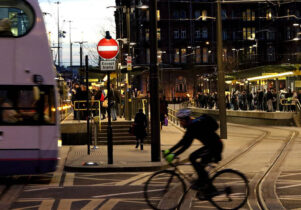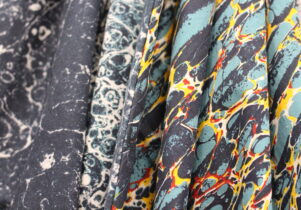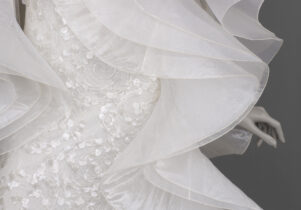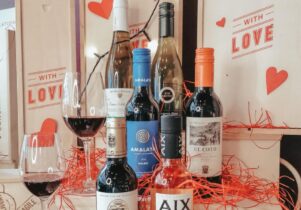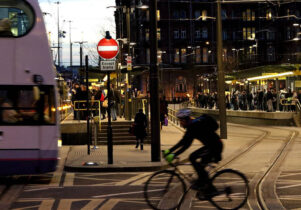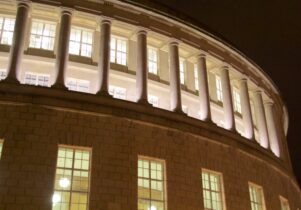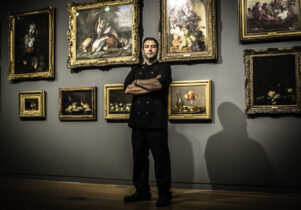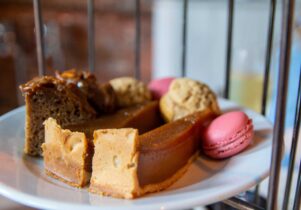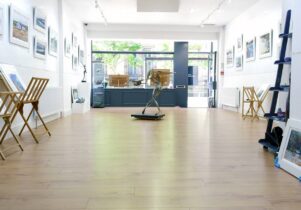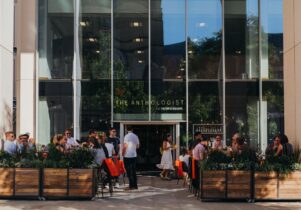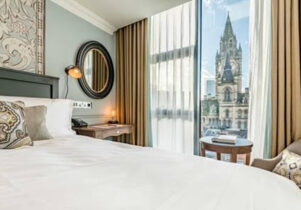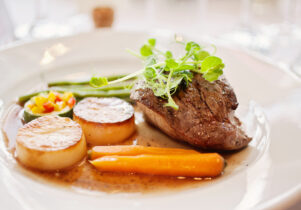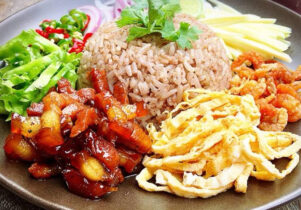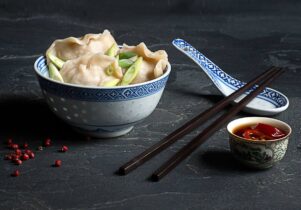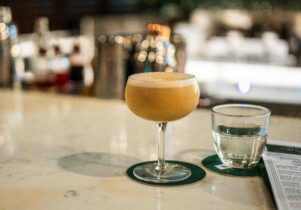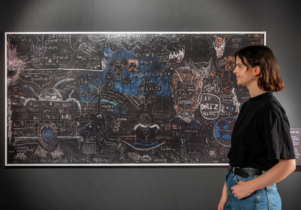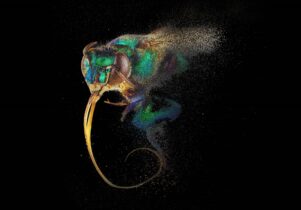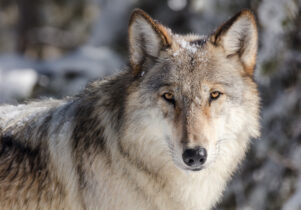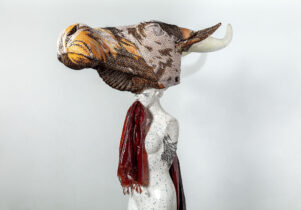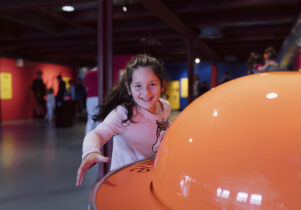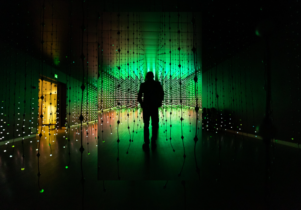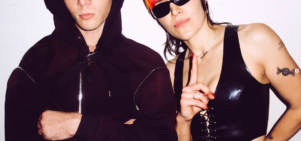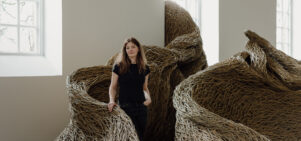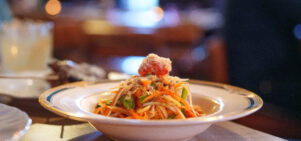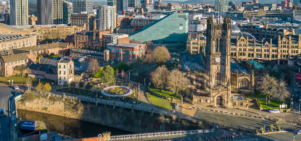Fashion & Freedom at Manchester Art Gallery
Bel Jacobs
For centuries, long sweeping skirts and tight corsets dominated British womenswear. Women, this mode of dressing suggested, were essentially passive animals. The war in 1914 changed this. As men left to fight, around 1.5 million women waved an abrupt goodbye to their previous lives and took up work, on buses, in factories, as ambulance drivers and window cleaners.
It was a seismic shift in the perception of what women could do and, as their roles in society changed, so did the clothes they wore. Fashion & Freedom – a fascinating new exhibition at Manchester Art Gallery, co-commissioned by 14-18 NOW, the UK’s art programme for the First World War centenary – explores this transformation through a broad spectrum of creatives, from leading female fashion designers and students to pioneering fashion filmmakers.
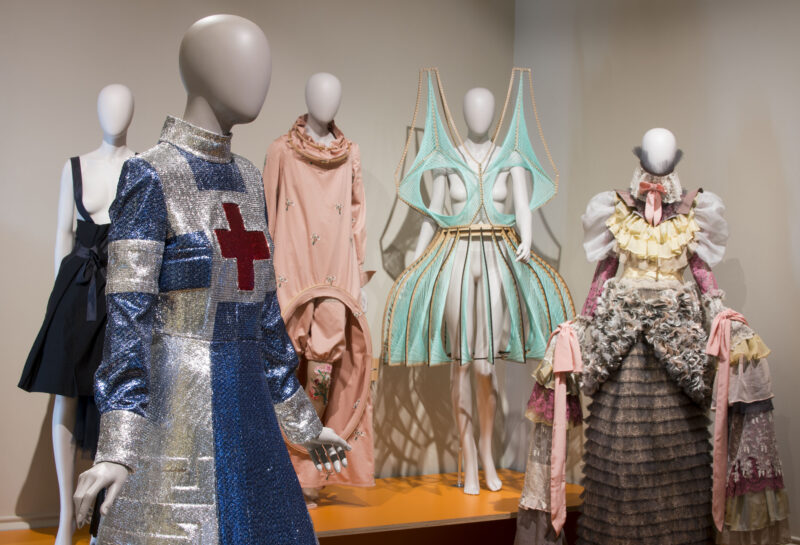
Clothes prove to be an enormously effective way of telling the story of women in WWI, conferring a visual and physical reality to the constrictions suffered – and new freedoms enjoyed – by women at the time. “To tell this story through fashion is a completely new way,” explains Jenny Waldman, Director of 14-18 NOW. “Fashion highlights the fact that, with work, women had to change how they behaved, how they felt about themselves, their attitudes, and also their attitudes to what they wore. Before the war, it was almost impossible for women to do much. They were just decorative. By having to go out to work, they had to be immediately much more practical.”
Six extraordinary outfits, specially commissioned from Fashion stalwarts Holly Fulton, Roksanda Ilincic, Jackie JS Lee, Dame Vivienne Westwood, Emilia Wickstead and Sadie Williams, sit at the heart of this event. Flamboyant and restrained, all intricately researched, the dresses are the designers’ response to stories around women during the War.
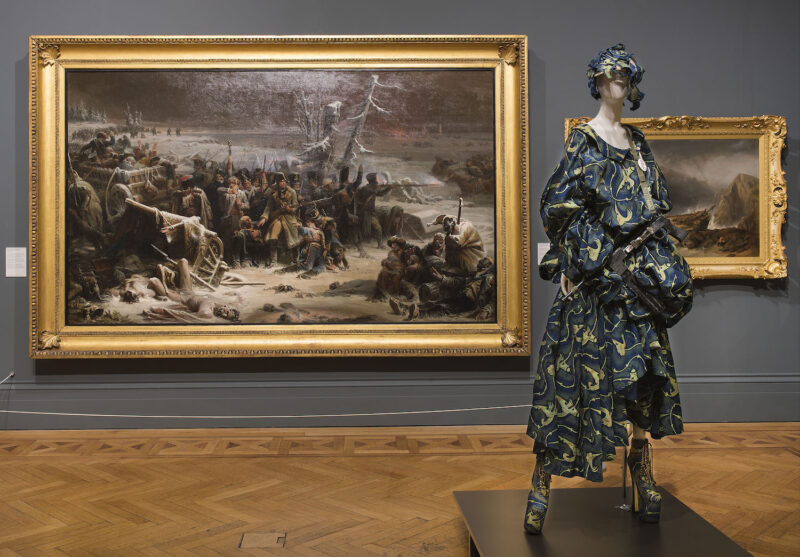
These are often immensely powerful. The deceptively delicate laser-cut appliques on Fulton’s organza tunic have been inspired not by florals, but by mounds of shells in munitions factories; Wickstead’s demure frock (the silhouette itself a reference to a residual post-war conservatism) is covered by dazzle camouflage: a graphic design used on navy vessels to conceal and confuse.
Dame Vivienne Westwood presents an iridescent jumpsuit inspired by women working in factories during WWI, a Propaganda uniform coat and a 17th century-inspired camouflage dress and boots. “Vivienne was vital to the project,” says the exhibition’s creative director Darrell Vydelingum. “When we’re talking about women in WWI and their rebellious spirit, Vivienne is the person we needed.”
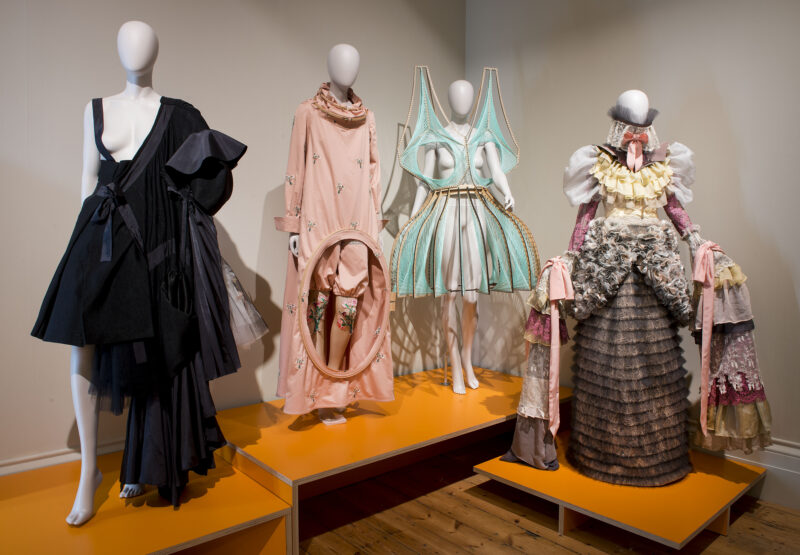
Placed next to a selection of gowns from the Gallery’s renowned costume collection – sumptuous late Edwardian dresses and a daunting Jenyns corset – the contemporary outfits gain an added poignancy. Energetic designs by students from five fashion colleges across the UK, inspired by the theme of ‘Restriction & Release’, continue the conversation between the eras.
A series of original short films complement the garments on display, including shorts by directors from Nick Knight’s award-winning SHOWstudio. “This exhibition is about women’s movement, physically and politically,” says Vydelingum. “It was important to tell that story through digital as much as through static pieces. The films do that.”
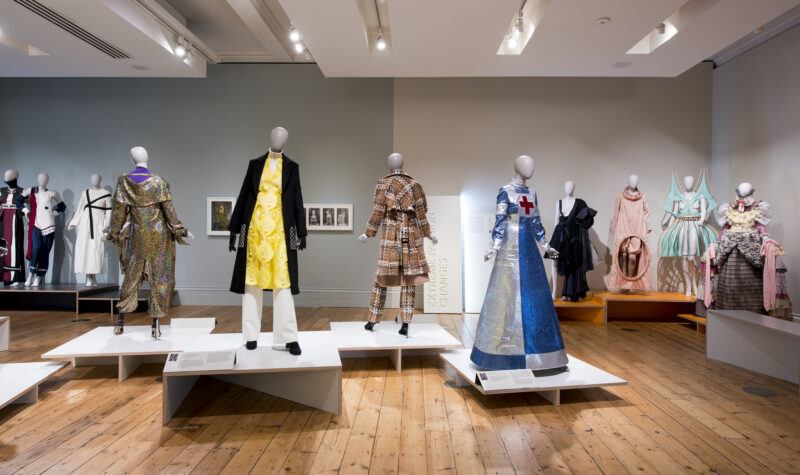
No punches are pulled, particularly in the film Edith, in which a young woman struggles with a corset. “It’s really affected a lot of people because it’s quite heavy,” admits Vydelingum. “And that’s good because it shows what women had to go through at the time. The film’s about her breaking those bonds and becoming free. That’s what the war gave women.”
“What’s so extraordinary is how the things that happened to women and the clothes they were wearing influenced fashion, not just immediately after, but now,” says Waldman. “Trousers, boiler suits, looser, much more fluid and unrestricted silhouettes – just being able to move in your clothes, this all started in the First World War.”
Bel Jacobs was formerly Fashion Editor at Metro.
